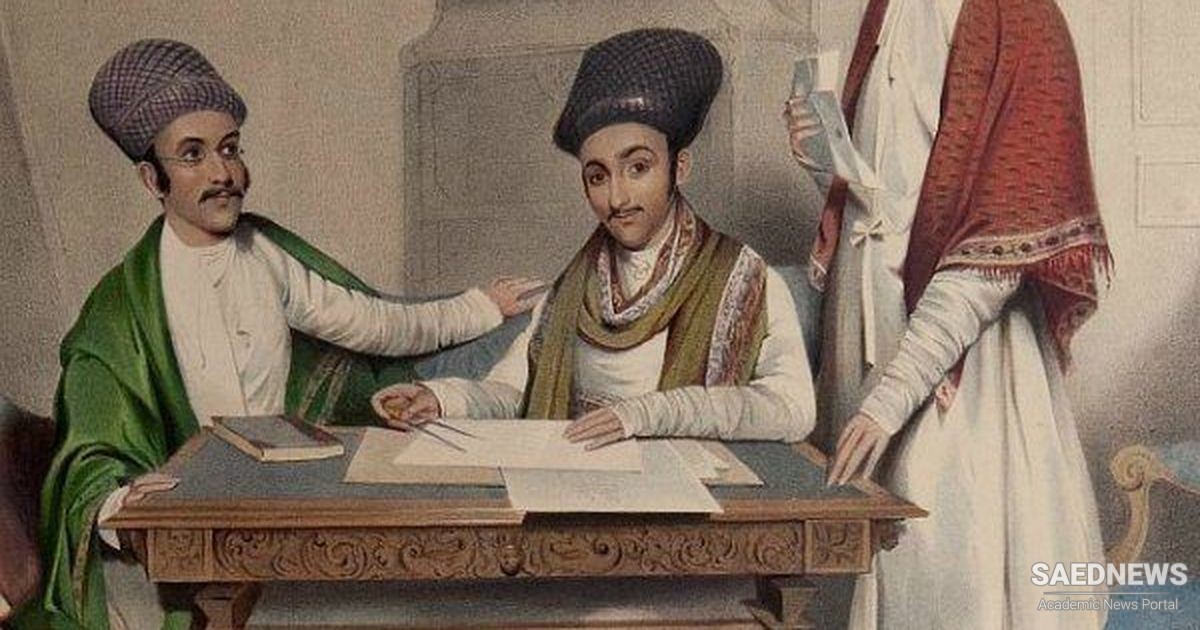In the 11th century a number of poets and writers were inspired by stories from Pahlavi literature and transposed them into Classical Persian or Arabic. Many stories were related to the wisdom of Khusraw Anushiravan, such as the Rahat al-Insan and the Khirad-nama. An even more renowned book of advice written at this period is the Qabus-nama of Kaykavus b. Iskandar (1080). Kaykavus was the penultimate Ziarid reigning prince of the Caspian provinces, but he had virtually no authority. He acted, like his predecessors, as a tributary to the rulers of Khurasan. The encroachment of the Saljuk Turks on Iran and the Caspian provinces had incited Kaykavus to set on paper the counsels from Pahlavi literature in order to preserve his Iranian heritage. This Qabus-nama is one of the earliest specimens of andarz (collection of advice left for posterity) in Classical Persian. Undoubtedly, political factors had repercussions on the literary productions of this period. The unsuccessful Iranian uprisings in the 8th and 9th centuries prompted the anxious Zoroastrian clergy to produce a corpus of literature for posterity; meanwhile the emergence of Iranian Muslim dynasties encouraged Muslim Iranians to take over the literature left by the Zoroastrians and develop their own version of Iranian culture. Indeed, the Saffarids and the Samanids, unlike the Tahirids, were not averse to Zoroastrianism and Iranian civilization. There are no testimoniesregarding Saffaridand Samanid persecutions of Zoroastrians. Moreover the first Saffarids seem to have had no strong religious feelings. On the other hand, they had no strong national impulse to support Zoroastrianism. As Amir Siddiqi argued, ‘The revolt of Saffarids against the Abbasid Caliphate was not a Persian revolt against Arab domination’. In fact the Saffarids fought other Iranians for political supremacy. Moreover, the Samanids were not able to rally any Iranian national support for their battle against the Turkish Khans. It is most certainly the fall of these Muslim Iranian dynasties that put an end to the cultural activities of the Zoroastrians. The Turkish Ghaznavids who seized power after them, despite their adopting many Iranian traditions and Persian as the language of their administration, had no nostalgia for pre-Islamic Iran and no attachment to an Iranian national identity; their authority depended on Turkish military force and a highly Arabicized Islamic literary establishment in the towns. These factors are probably behind the indifference of the the first Ghaznavid ruler, Mahmud towards Firdawsi’s Shah-nama.


 Zoroastrian Scholarship and Formation of Islamic Intellectual Life
Zoroastrian Scholarship and Formation of Islamic Intellectual Life














































